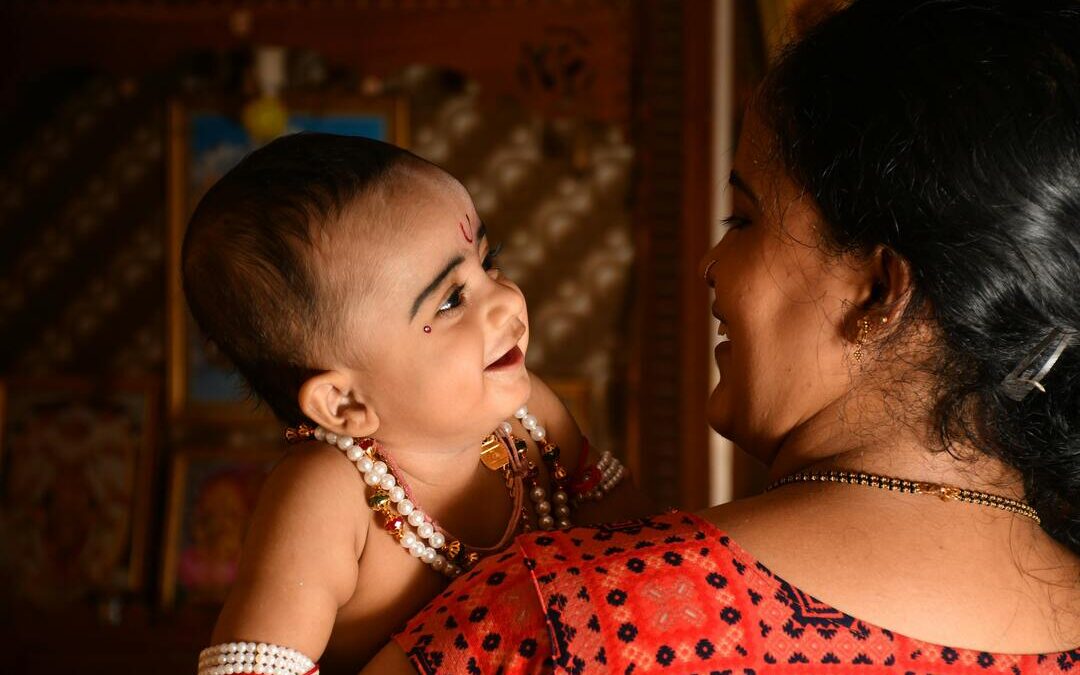India Sees Sharp Drop in Maternal, Child Deaths Ahead of 2030 SDG Target
India records sharp declines in maternal and child mortality, surpassing global averages and advancing toward 2030 health goals.
India has recorded significant progress in reducing maternal and child mortality rates, with new data showing a steady decline across key health indicators, according to official figures released this week by the Office of the Registrar General.
The maternal mortality ratio fell sharply from 130 to 93 deaths per 100,000 live births between 2014–16 and 2019–21, a 29 percent drop, bringing the country closer to meeting the sustainable development goal of 70 by 2030.
Child mortality indicators have also improved markedly. The infant mortality rate declined from 39 per 1,000 live births in 2014 to 27 in 2021, while the Neonatal Mortality Rate dropped from 26 to 19 during the same period. The under-five mortality rate decreased from 45 to 31.
The progress was highlighted in the Sample Registration System Report 2021, released on May 7. The sex ratio at birth also showed improvement, rising from 899 girls per 1,000 boys in 2014 to 913 in 2021. The total fertility rate has stabilized at 2.0, below the replacement level of 2.1.
Multiple States Meet or Exceed 2030 SDG Targets
According to the UN Maternal Mortality Estimation Inter-agency Group and the UN Inter-agency Group for Child Mortality Estimation, India’s improvements exceed global averages.
Between 1990 and 2023, India achieved an 86 percent reduction in MMR, compared with a 48 percent global decline.
Over the same period, India saw a 78 percent decline in U5MR, 70 percent in NMR, and 71 percent in IMR — all surpassing corresponding global declines.
Several Indian states have already met or surpassed SDG targets. Eight states, including Kerala, Maharashtra, and Tamil Nadu, have reached the MMR goal.
Twelve states and union territories, including Delhi and West Bengal, have achieved the U5MR target, while six states have met the NMR benchmark.
Officials credit these achievements to large-scale public health interventions, including Ayushman Bharat, the world’s largest health assurance scheme, offering ₹5 lakh annual coverage per family.
Initiatives such as free institutional deliveries, strengthened neonatal care units, and improved data surveillance have further driven progress.
The Ministry of Health has prioritized facility-based quality certification, training skilled birth attendants and deploying midwives and community health workers. Enhanced digital platforms are being used to enable real-time monitoring and data-driven decisions.
The government said these efforts aim to ensure that “quality, respectful, and free-of-cost healthcare reaches every woman and child in India,” as the country continues its push toward achieving the 2030 SDG health goals.
Also Read:
Climate Change Threatens Health of Pregnant Women, Children More: WHO


